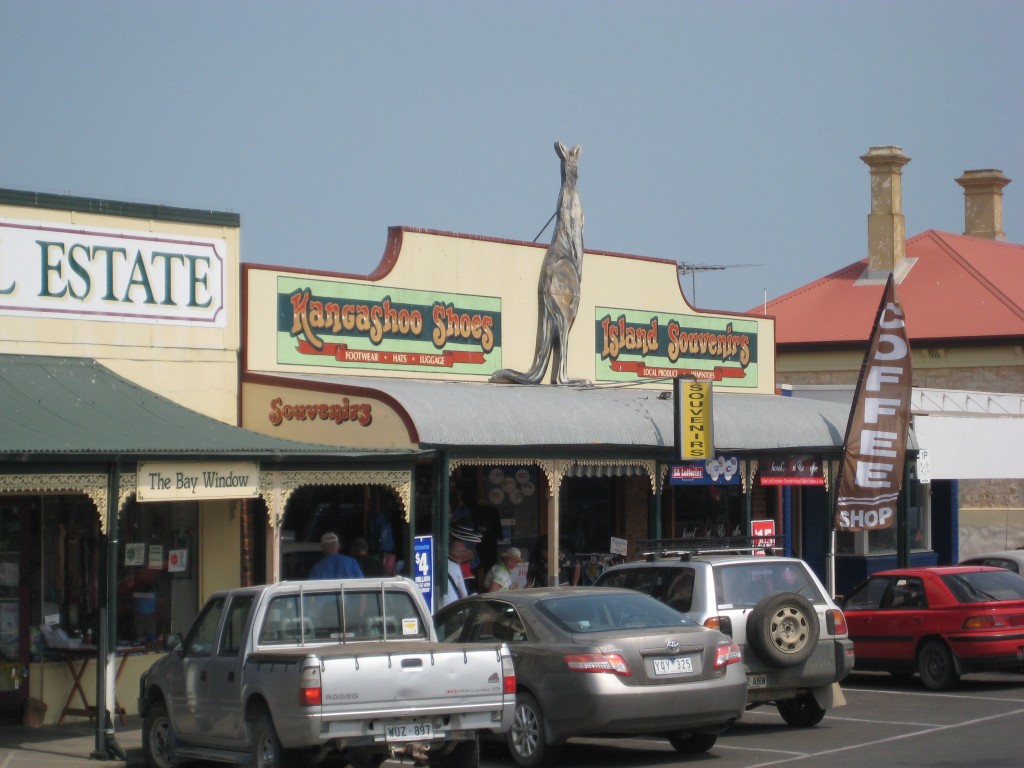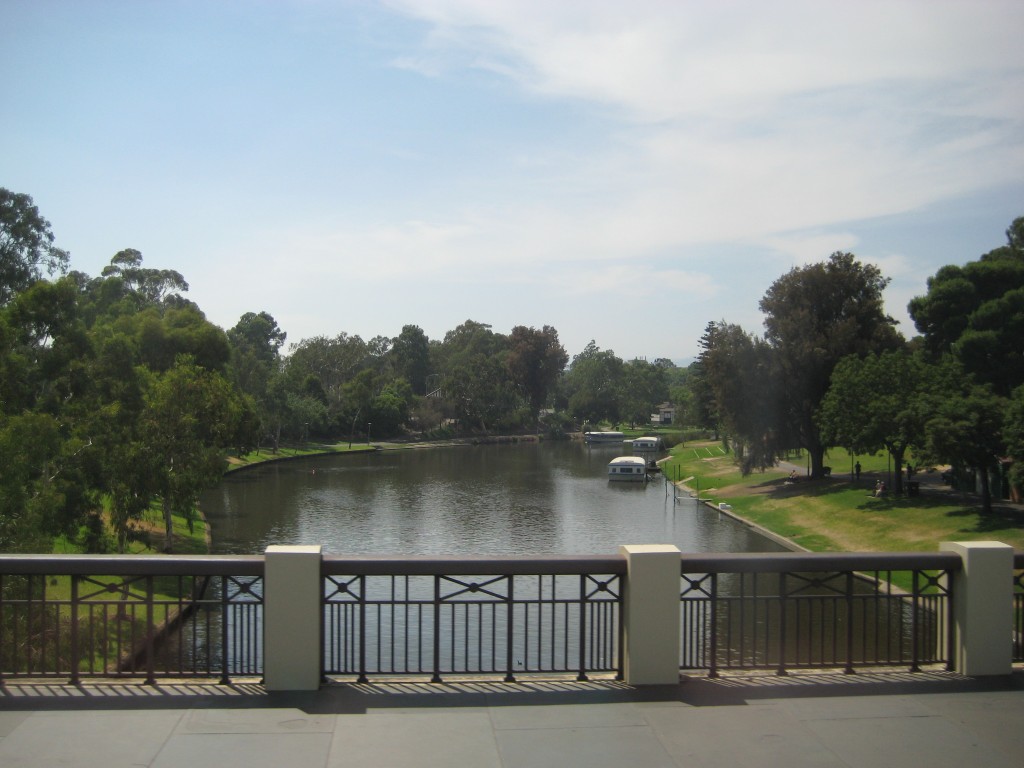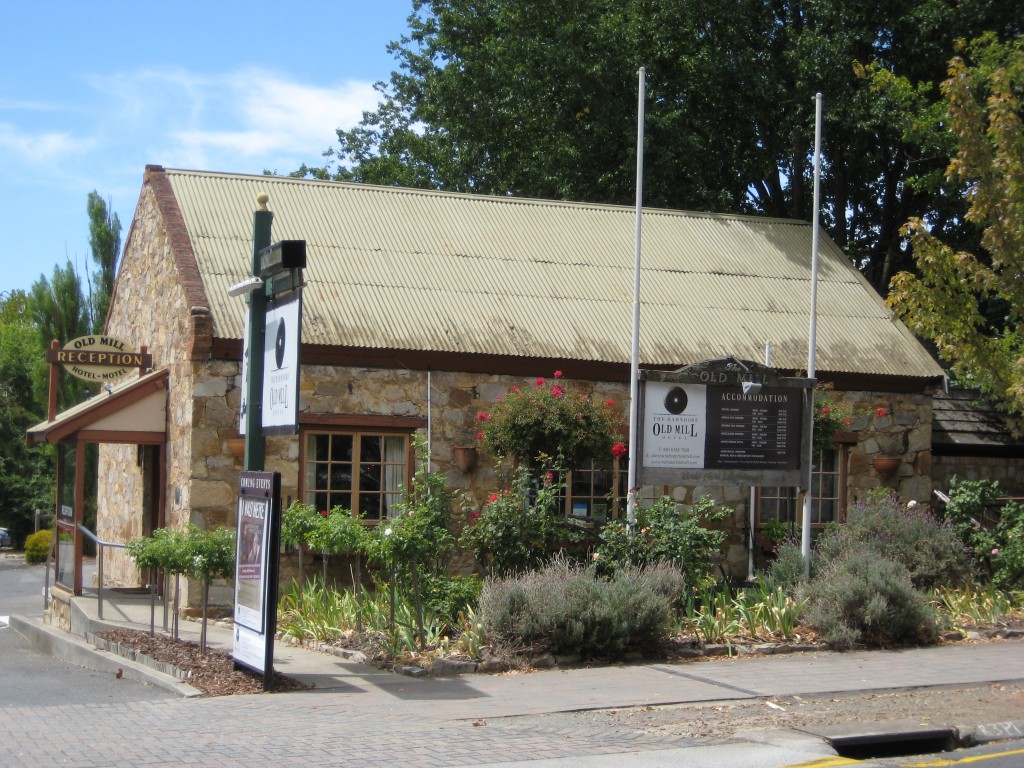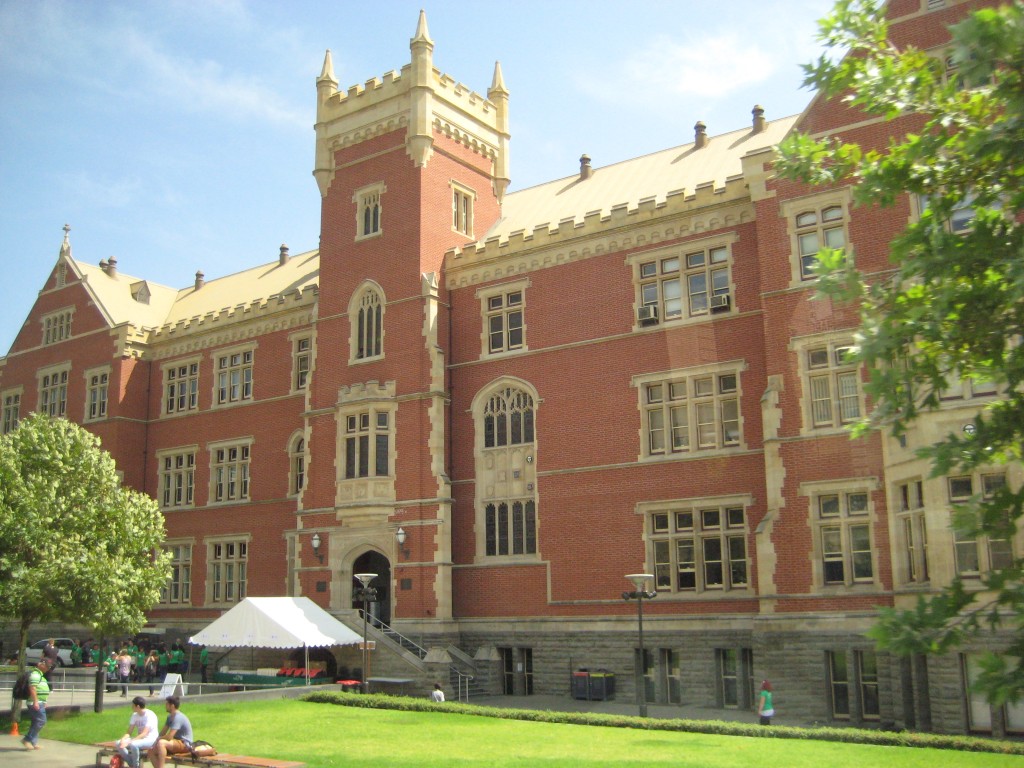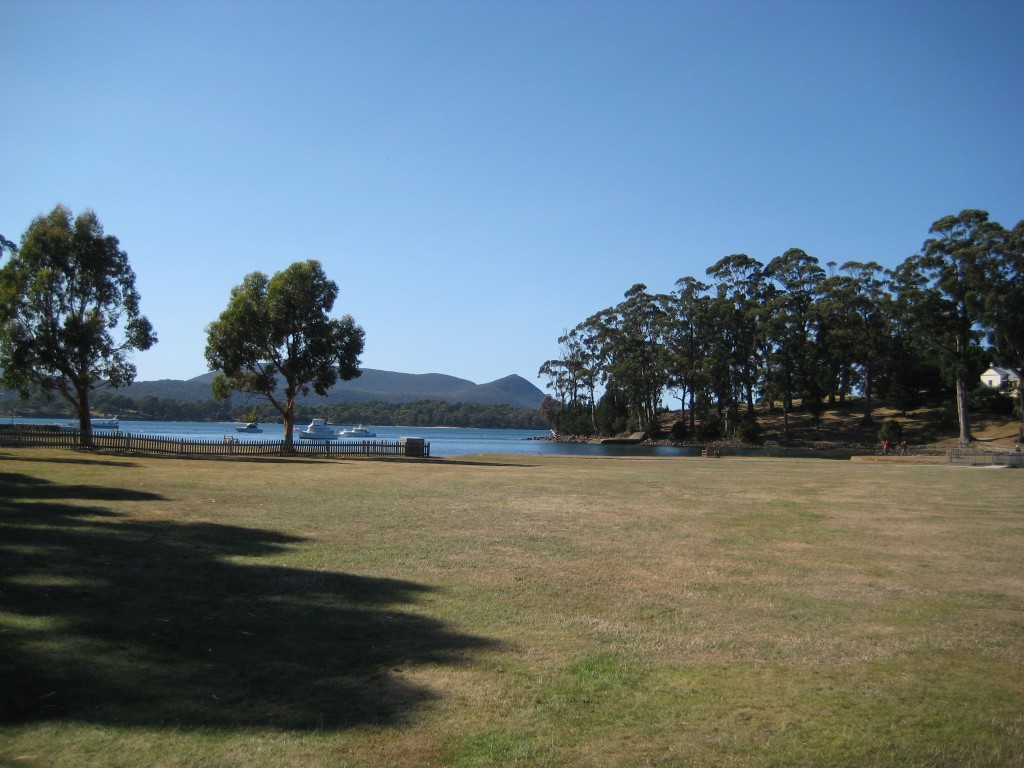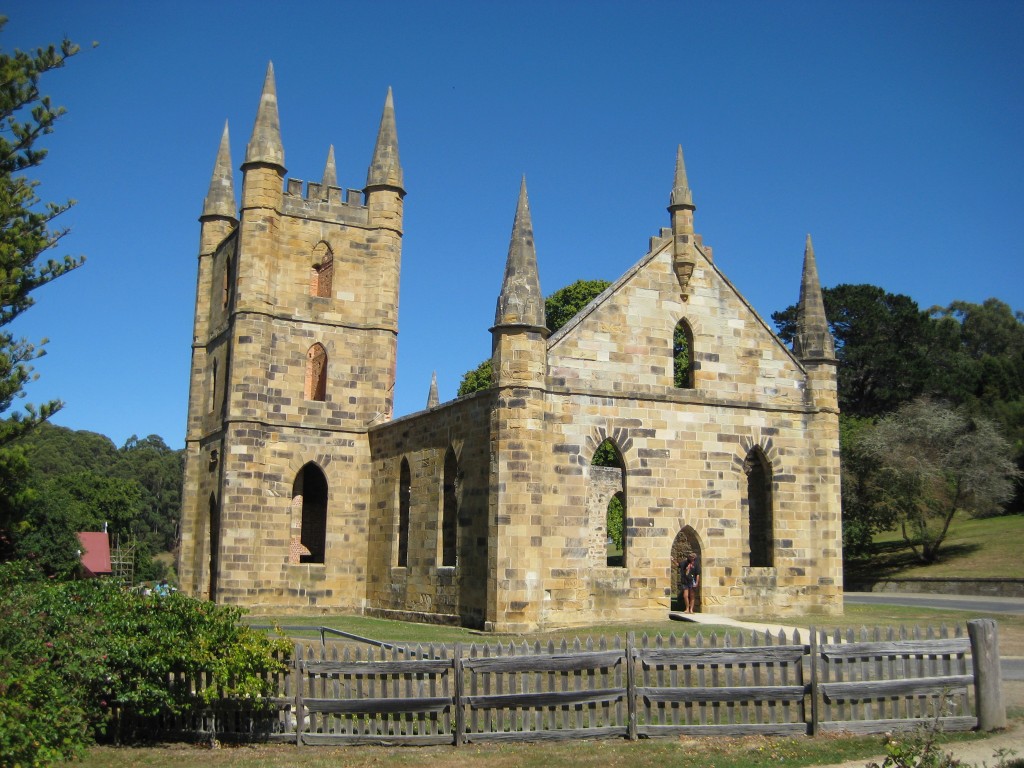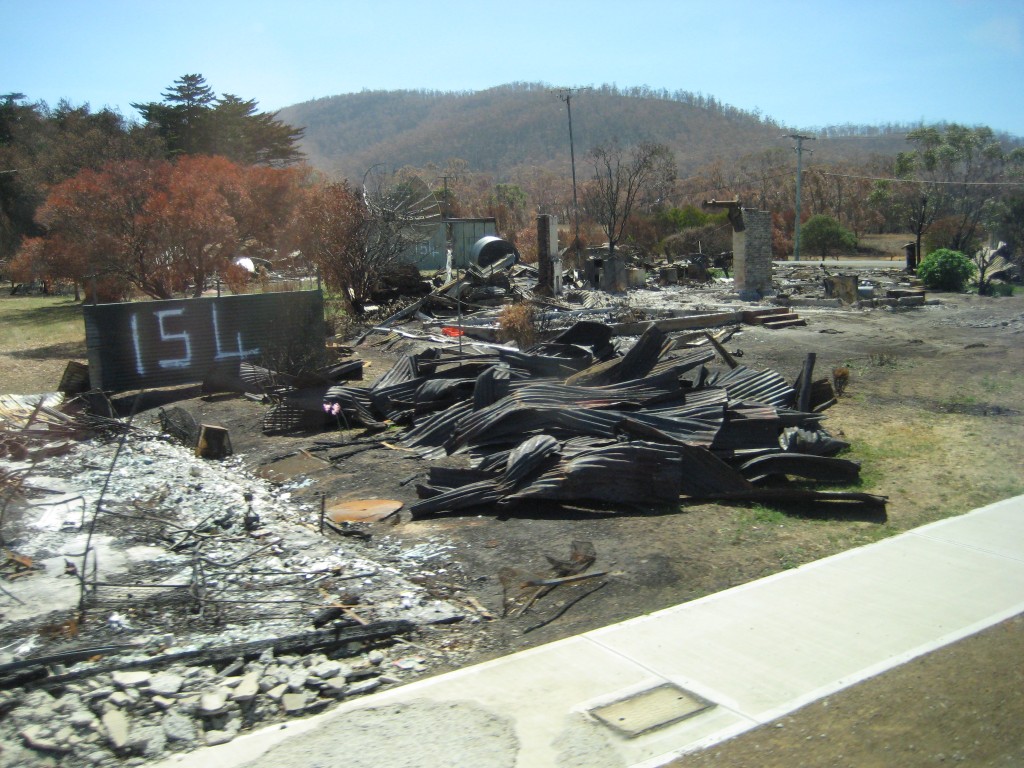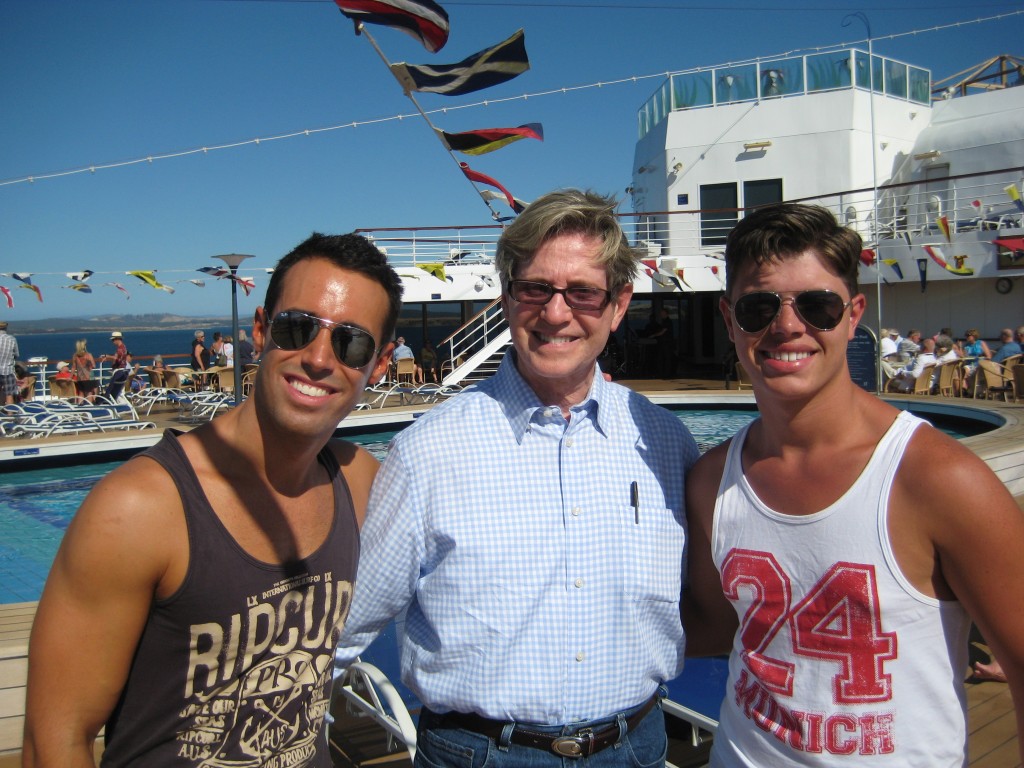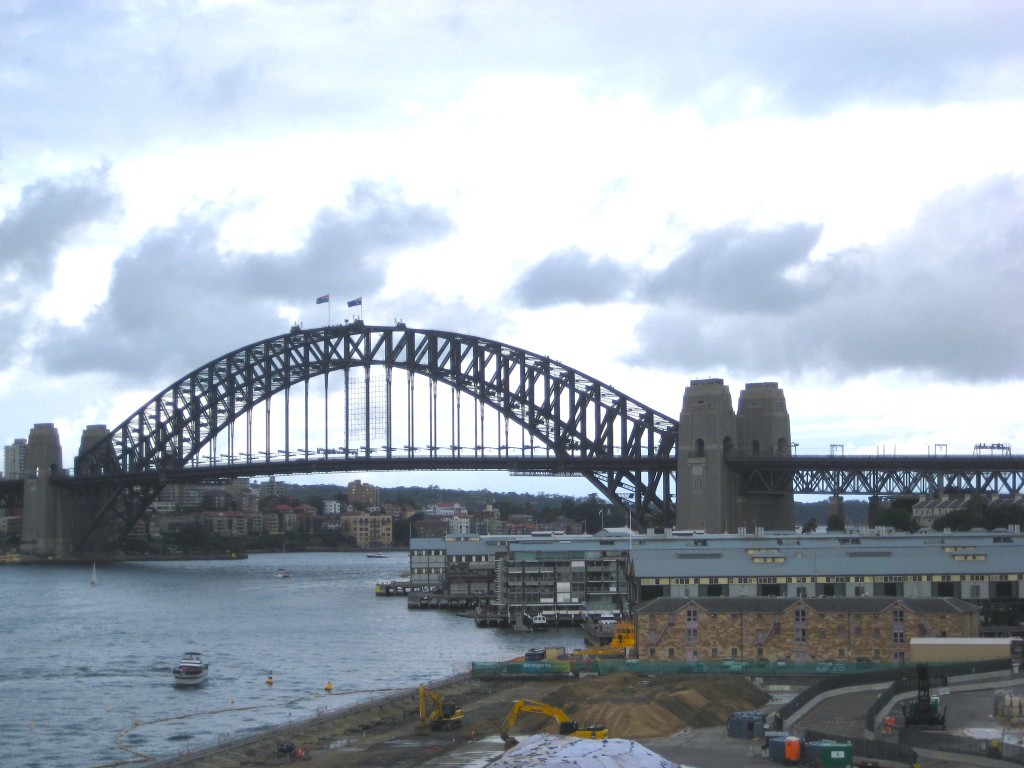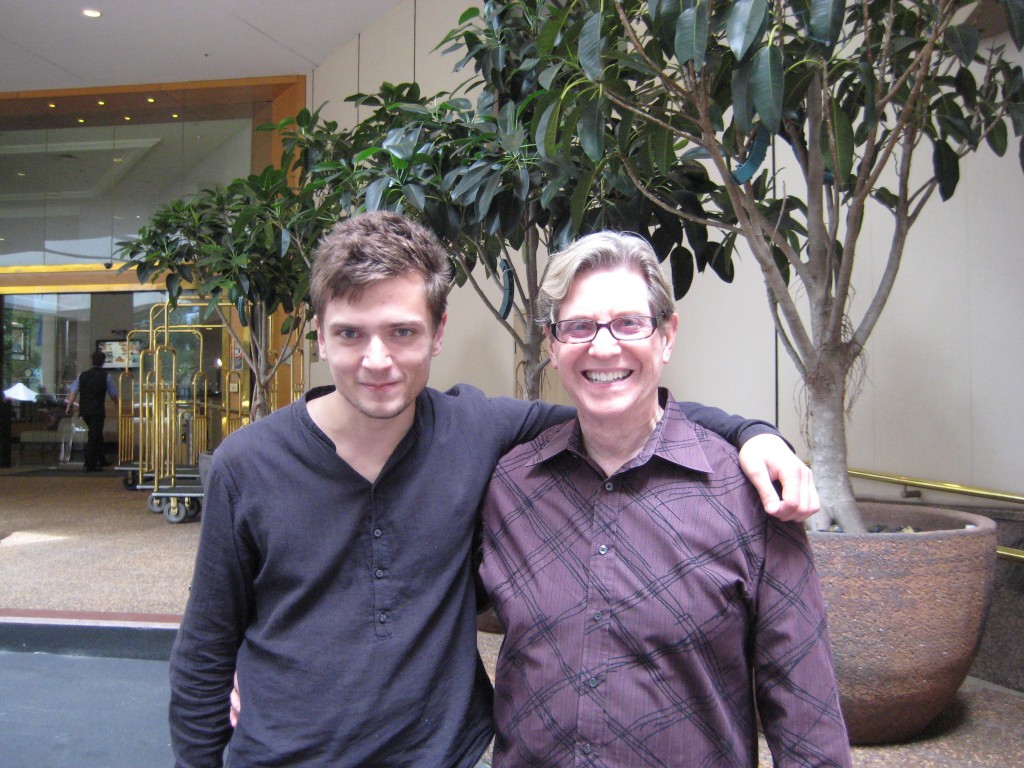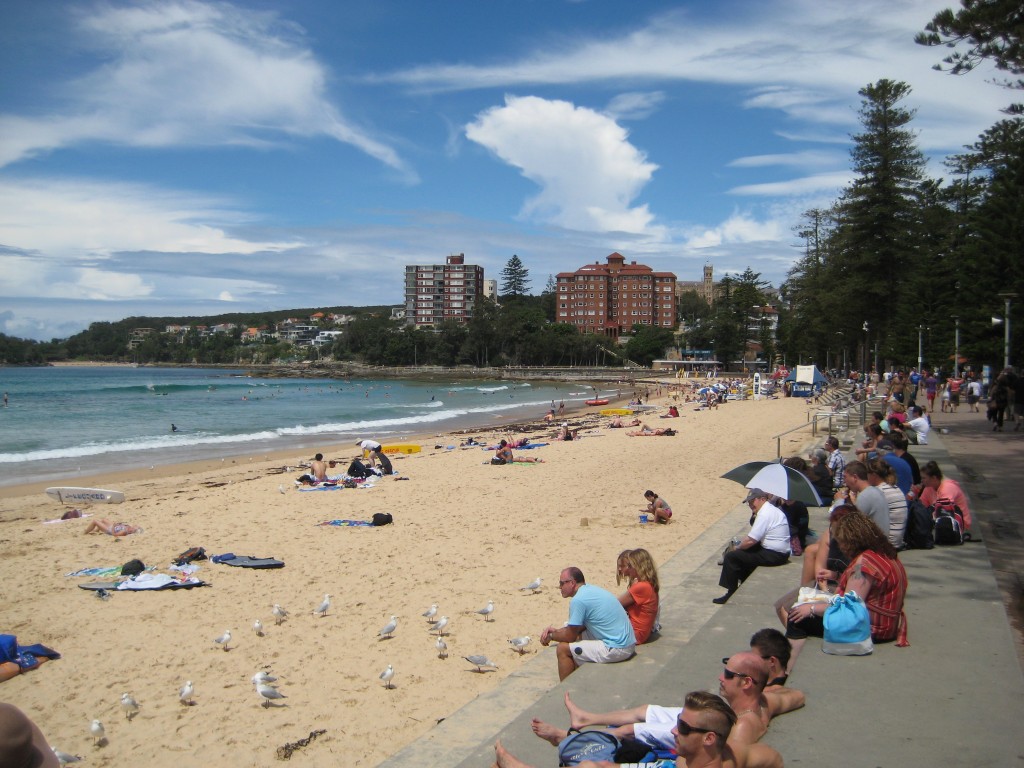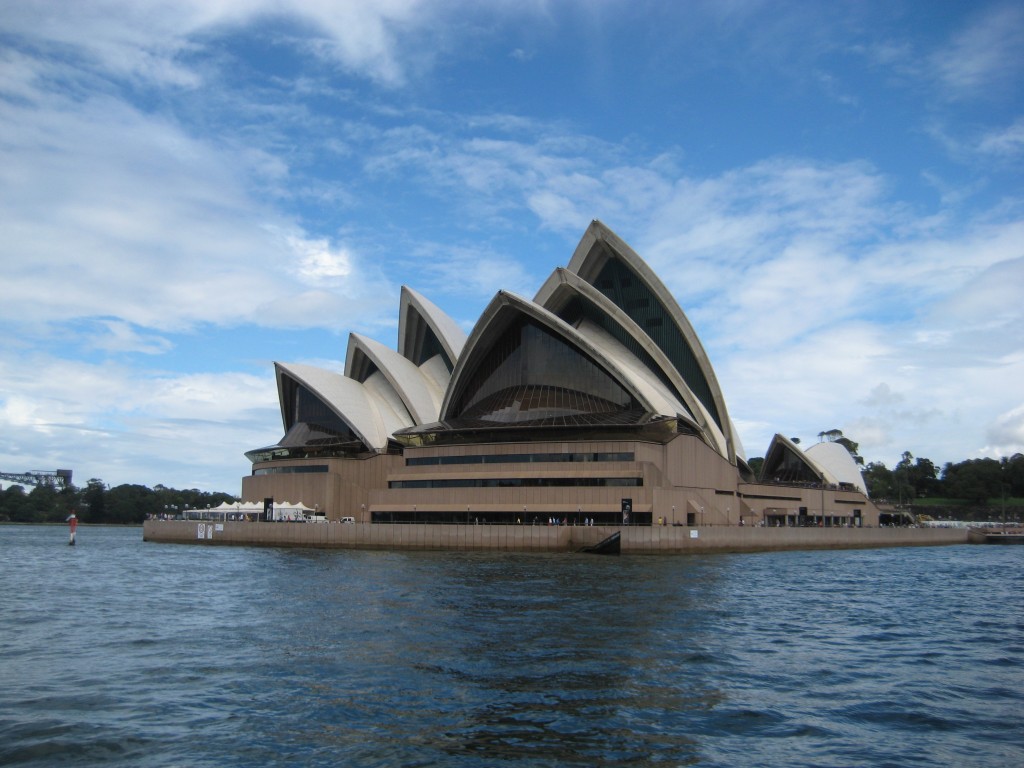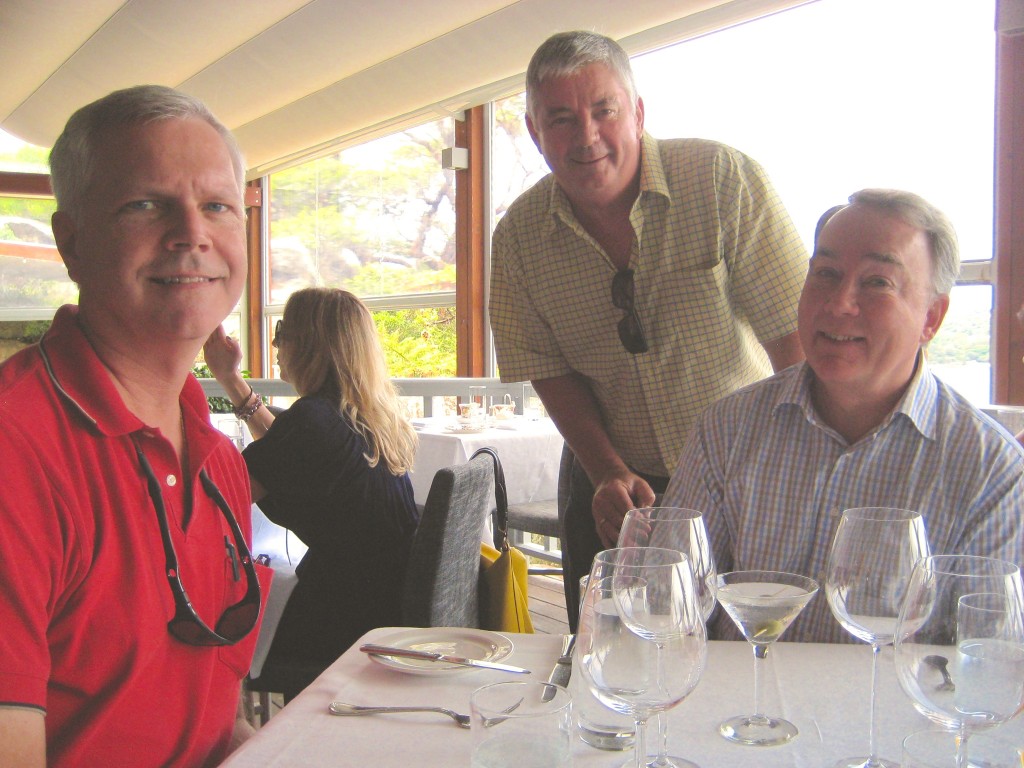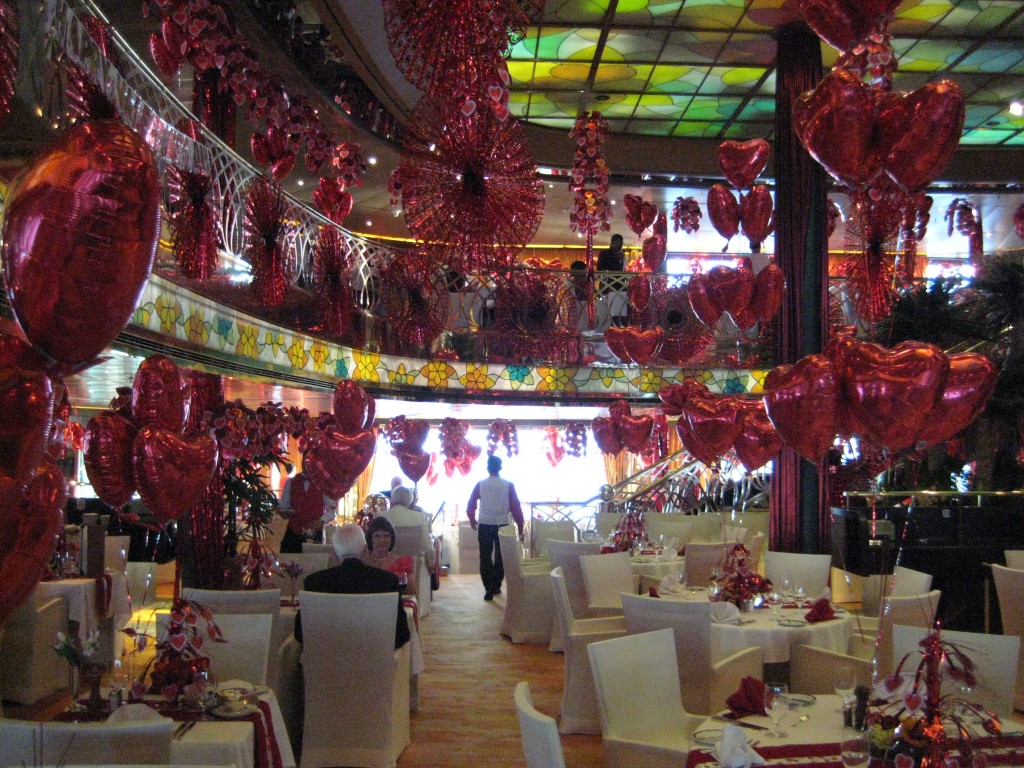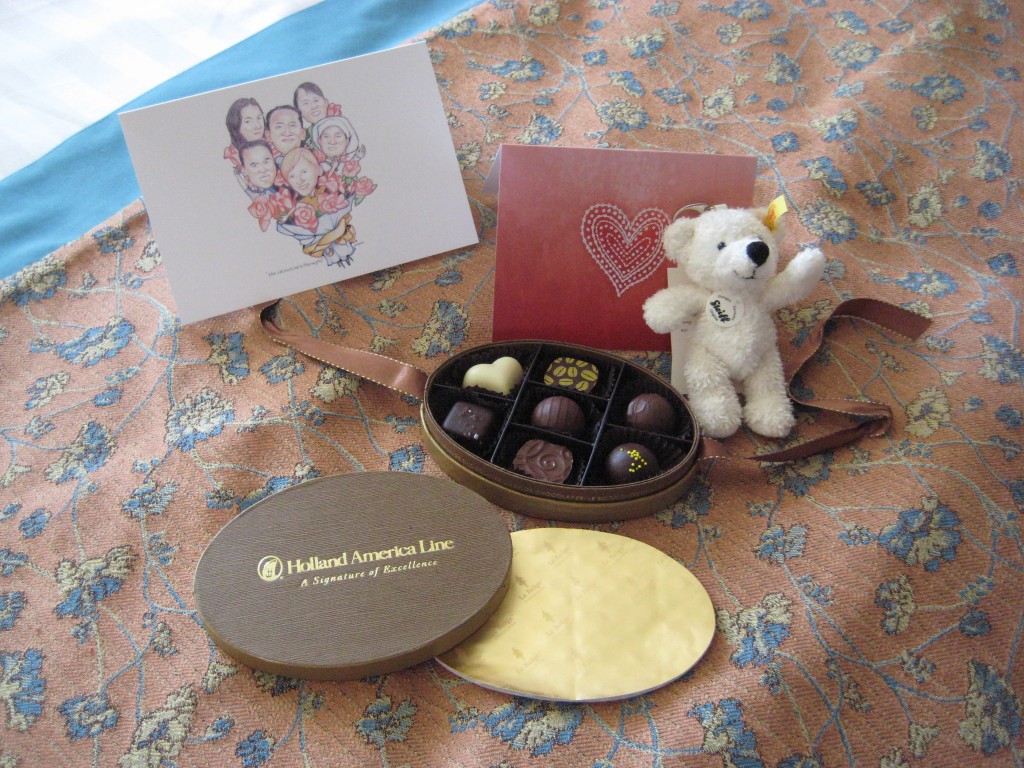February 23, 2013 Sea Day
This morning we attended a lecture with Bill Crews where he discussed the progressive discovery of the West Coast of Australia. Back in 1606 the Dutch, followed by the British and other European explorers landed on the island all well before the time Captain Cook had claimed the East Coast of Australia for Britain.
The afternoon lecture by Bob Tonkinson explored the impacts and aftermath of the European settlement on the Indigenous people of Australia. The Europeans brought diseases, which reduced the population of the Indigenous people from 500,000 to only 150,000. Settlers did not treat the Indigenous people well and tried to put them in settlements with the expectation that they would soon die out and be gone completely. That did not happen and today the Indigenous population of Australia is around 600,000. As in the US, the natives have not been treated well over time but with better education and knowledge the government is trying to better assist the needs of the native people.
In the afternoon there was an Australian high tea in the dining room, which we attended with our friend Jenn (see 2/19). She seems to be doing better and is becoming more engaged in the available activities. Her spirits are lifting as evidenced by her showing Kent a video taken before she left for the cruise. She won a dance contest which involved dancing with a six foot penis. Yes…she was good and was very proud of it. I knew I liked her. She also told Kent about a sex video she had of herself and her Black boyfriend, but he hasn’t seen that one yet….maybe later!
The weather was windy with gusts to 35 mph causing the ship to roll a bit. This makes it difficult to walk and many of the passenger’s retreat to their cabins to lie down or to take motion sickness pills. When the seas are rough the crew begins to bring out the barf bags and hang them in the hallways just in case a guest needs them.
The time is changing regularly as we move from east to west along the southern coast of Australia. We moved our clocks back 30 minutes one day, followed by moving them back by 90 minutes. Tonight we moved our clocks and watches back another hour.
The entertainment on this night was an Irish comedian by the name of Adrian Walsh.
Internet availability—Although there is internet available on board, it is slow and very expensive. So, we wait until we are on shore to find free Wi-Fi or an internet café with computers (increasingly hard to find because more and more people have smart phones and other devices of their own for internet use) to do emails. These facilities are not always easy to find in remote locations and don’t always have good signals. The one thing Kent misses while on the ship is being able to easily send and receive email to stay in touch with family and friends. We are doing the best we can to stay in touch. Please understand if we don’t get back to you or check in with you as quickly as we’d like. We are thinking of you.

